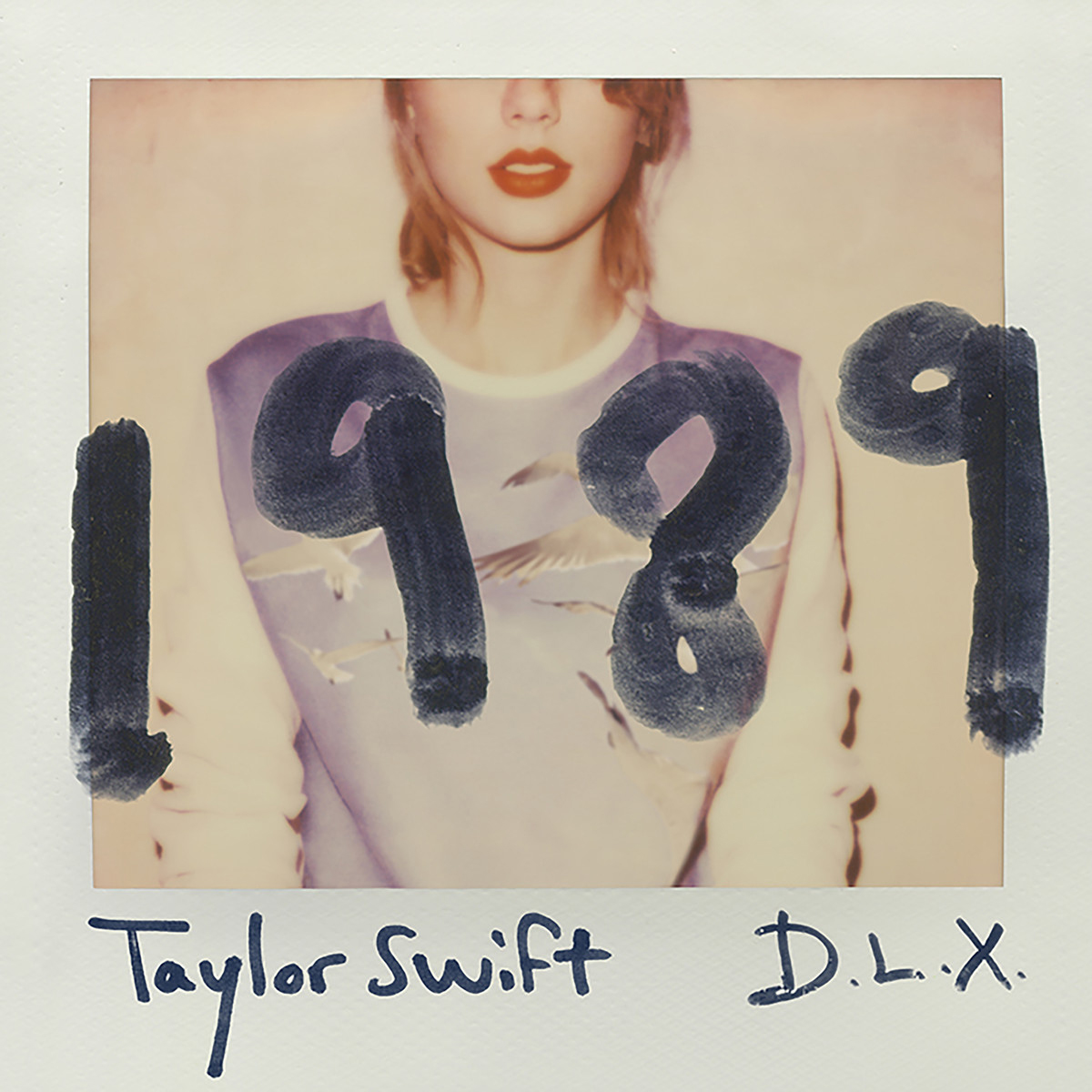
A songwriter frequently known for her teenage sentimentalism or specifically providing listeners with new break-up songs, Taylor Swift has often been dubbed as a Southern songbird with a soft voice, safe songs and on a constant journey for her Romeo. (“Love Story,” anyone?) Flying away from her Nashville roots and glitter guitar, Swift welcomes pop music’s synthesizers and keyboards in her newest album, “1989.” While the experimental nature is a departure from her previous album, she still sings out personal musings on love and boys (as always, gossip columns are sleuthing for, this time, Harry Styles allusions). Leaving behind her old teenage, lovey-dovey notions that were possibly penciled with hearts, Swift takes a refreshing outlook on relationships. In “1989,” Swift pops her bubbly persona and demonstrates a matured view on her consistent themes of nostalgic romances, deepened with her use of varying pop influences and electronic instruments.
Opening with awkward synth-claps and a bubblegum melody, “Welcome To New York” makes no urge to escape to the concrete jungle of cliched bright lights and crowds. With an overemphasis on a flat, unsyncopated beat with the title repeated 20 times, the opening track is a redundant anthem paling in comparison to other homages to the Big Apple. However, the track introduces listeners to Swift’s new soundtrack that anyone could dance to; she eases her fans into “1989” with lyrics that declare: “like any great love / it keeps you guessing / like any real love / it’s ever changing.” Easily addressing any fan’s concerns on her genre shift, Swift does retain her characteristic themes in her album’s later songs. The blunt focus on love as a game by “Blank Spaces” reassures this.
The next three songs outline the slow, confusing degeneration of a relationship, possibly Swift and Styles’ fallout, since “Style” narrates the enticing encounters between a boy with “that James Dean daydream look” and a girl with “red lip classic thing” — both fashion tastes they wear. Disregarding the gossip, the smooth guitar riffs and atmospheric chorus frame the subtle sexual tension of a night scene in “Style” that bleeds into “Out of the Woods” and its steady drumming, despite the clear ambivalence over continuing a relationship voiced in the chorus. Saying “Are we out of the woods yet?” or “Are we in the clear yet?” at least 30 times each usually gets the message across. The break-up’s finality and could-have-should-have-but-didn’t solution — “stay” is blared in a high falsetto several times — in “All You Had To Do Was Stay” could have been an acceptable ending track to Swift’s album, yet she continues.
The pep and pop led by the saxophones in “Shake It Off” easily brightens “1989.” After years of facing scrutiny for her confessional lyrics or body image or choices (rather, everything really with that persistent sleuthing from the gossip columns), Swift finds her solace in just being herself — and it’s rather fun being yourself. Despite the “haters,” “players,” “fakers,” “heartbreakers” and “liars and the dirty dirty cheats of the world,” she sings out: “But I keep cruising / Can’t stop, won’t stop grooving / It’s like I got this music / In my mind, saying it’s gonna be alright.” The encouraging trumpets and horns, the booming percussion and cowbell, the fitting megaphone and occasional giggle from Swift shows her pride and glory for the album’s true anthem. Addicting and reassuring, “Shake It Off” is there to cheer you on like a high school marching band. Immediately, the moodiness after the celebratory anthem proves not to detract from Swift’s usual teenage rants, but rather becomes exploration in the many facets faced post-breakup.
Even with the positive attitude left by “Shake It Off,” “1989” still has residual feelings of wistful wanting and insecurity with “I Wish You Would,” “Wildest Dreams” and “I Know Places.” However, Swift reaches a resolution in the mellow synthesizer and soft xylophone of “Clean” and a comforting return to acoustic guitar in “This Love.” The ironic imagery of stormy oceans and pouring rain evoked by her tempered voice mirrors how breakups can be overwhelming yet cleansing.
“1989” is Swift’s strong step to other styles of musical expression and does not falter in her high aims. Although it has a lagging start, the album’s ventures into pop are interesting for old and new listeners. She may have forgone her guitar for a synthesizer, but Swift remains lyrically true to her singer-songwriter roots, while realizing that having a Romeo isn’t everything.
Rating: 4 stars








